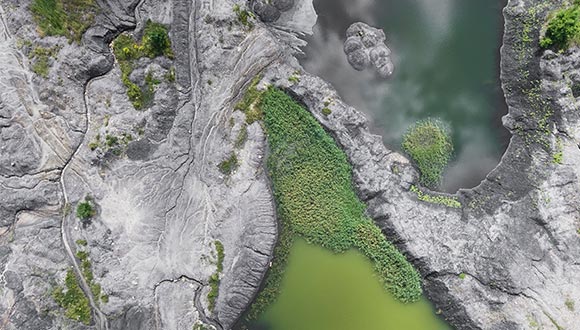The future of the Amazon rainforest, in the hands of the smallest trees
A new study, led by the University of Exeter with the participation of Maurizio Mencuccini, ICREA research professor in CREAF, suggests small trees adapt better to droughts and could grow into a new generation to help the rainforest survive.


